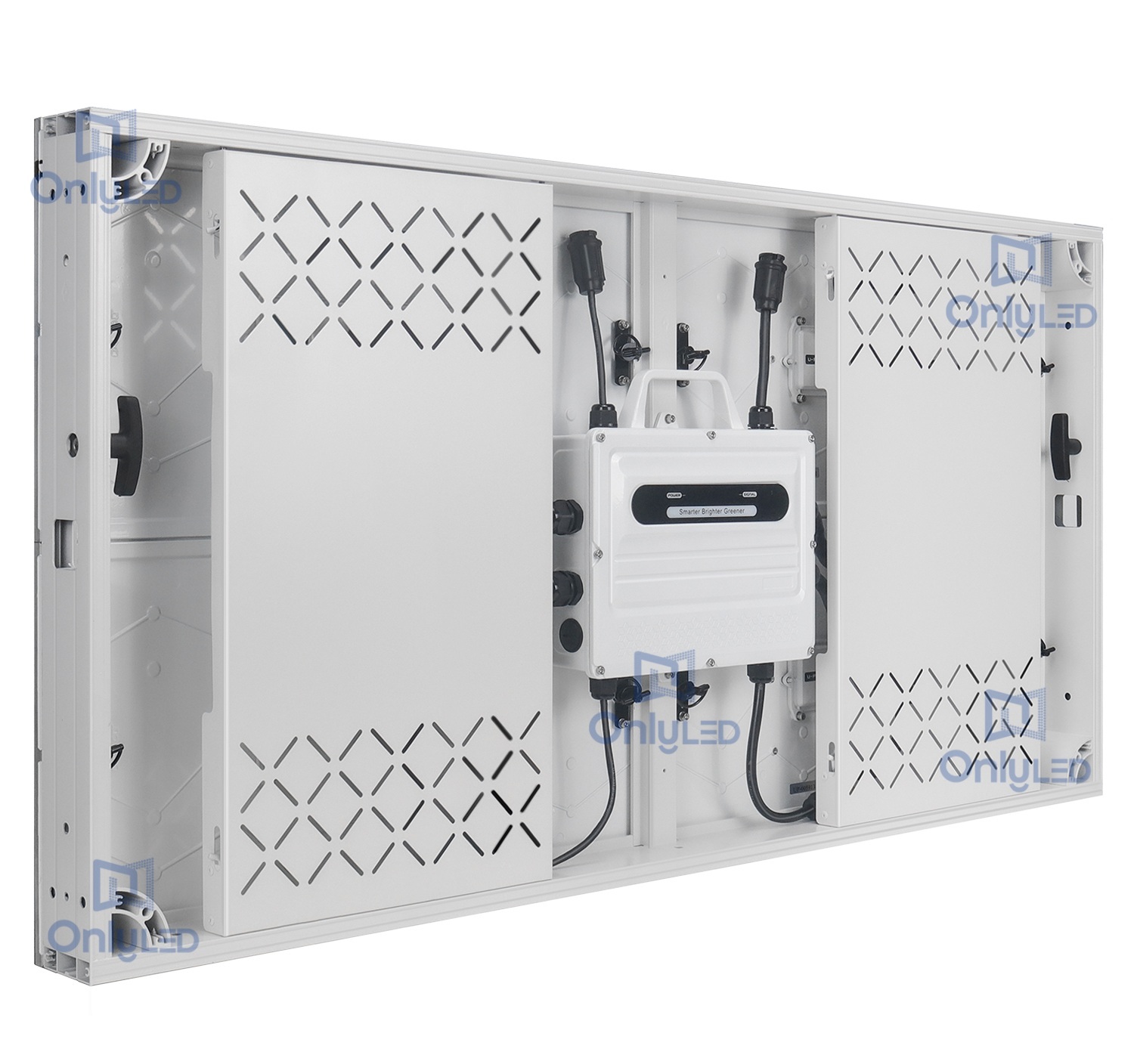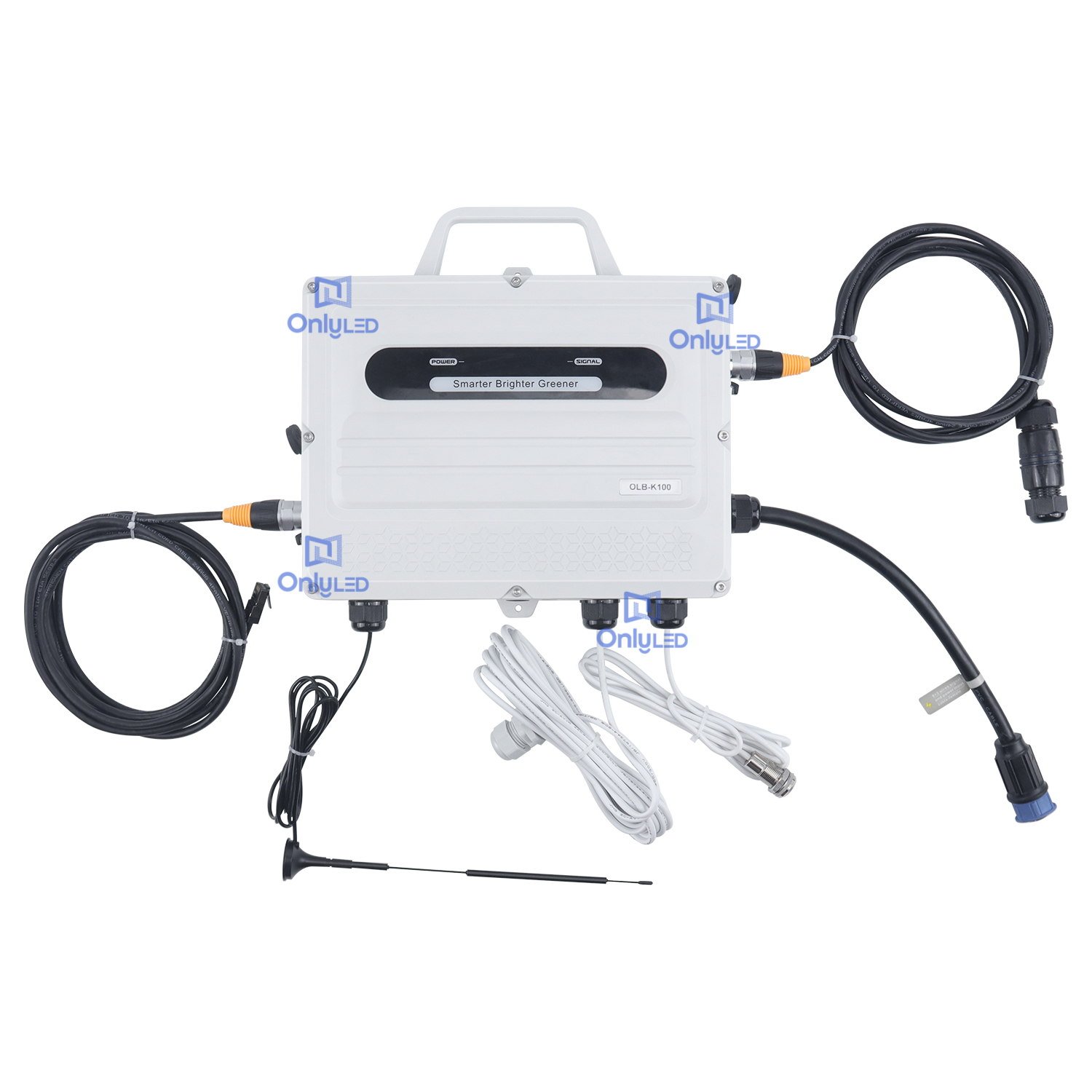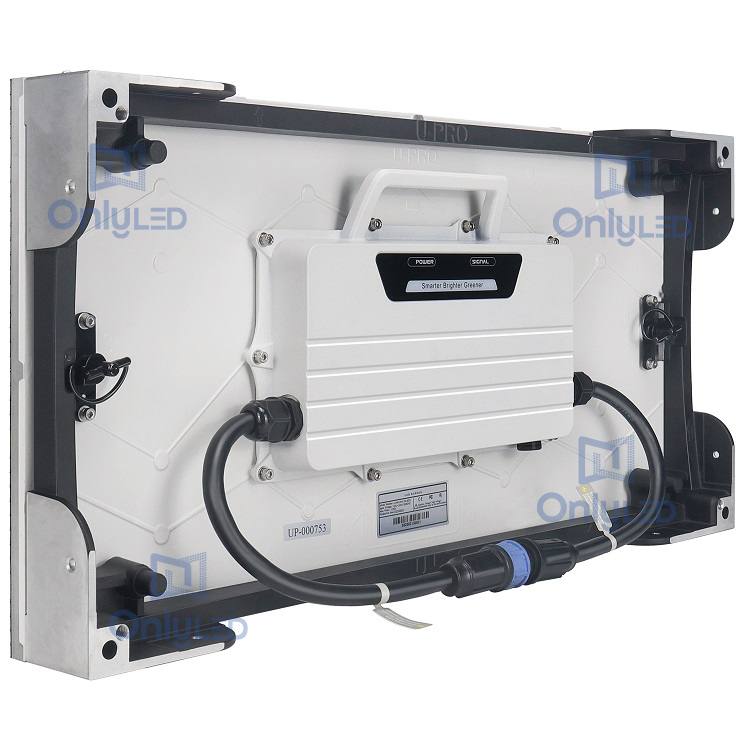Industry News
Introduction

LED indoor full-color screens have become increasingly popular in various indoor settings, including malls, theaters, stadiums, and corporate events. These screens provide high-resolution and vibrant displays, enhancing the overall visual experience. However, choosing the right size for your indoor LED screen is crucial to ensure optimal viewing for your audience. In this article, we will explore the detailed specifications of LED indoor full-color screens and guide you in selecting the size that suits your specific requirements.
Factors to consider when choosing the size
Before determining the size of your LED indoor full-color screen, several key factors need to be taken into account:
- Viewing distance: One of the most critical factors is the distance between the viewers and the screen. For instance, if the screen will be placed in a mall where people will be relatively far away, a larger screen size would be appropriate. Conversely, for a trade show booth, a smaller screen size might be more suitable.
- Available space: Understanding the physical dimensions of the space where the LED screen will be installed is crucial. Measure the height and width of the area to determine the maximum screen size that can be accommodated.
- Content: Consider the type of content you will be displaying on the screen. If you intend to showcase detailed images or videos, a larger screen size will preserve the quality and ensure better visibility.
Detailed specifications of LED indoor full-color screens
LED indoor full-color screens feature various technical specifications that influence their performance:
Pixel Pitch
The pixel pitch refers to the distance between two adjacent pixels on the LED screen. It determines the screen's resolution and clarity. A smaller pixel pitch value denotes higher resolution and is suitable for displaying intricate details.
Brightness
Brightness is measured in nits and defines how luminous the LED screen appears. Higher brightness levels are preferable for environments with high ambient lighting, such as shopping malls. It ensures that the content remains visible and vibrant.
Refresh Rate
The refresh rate indicates how many times the screen updates its content in one second. A high refresh rate minimizes flickering, produces smoother images, and is recommended for applications involving fast-moving videos or live broadcasts.
Contrast Ratio
Contrast ratio conveys the difference in brightness levels between the darkest and brightest areas of the screen. A higher contrast ratio ensures deeper blacks and brighter whites, resulting in more vivid and lifelike visuals.
Conclusion
In conclusion, when choosing an LED indoor full-color screen, understanding the detailed technical specifications is vital. Factors such as viewing distance, available space, and content should be considered to determine the most suitable size. Additionally, considering pixel pitch, brightness, refresh rate, and contrast ratio will help ensure a high-quality visual experience for your audience. By selecting the optimal size and specifications, you can maximize the impact of your LED indoor full-color screen display.




